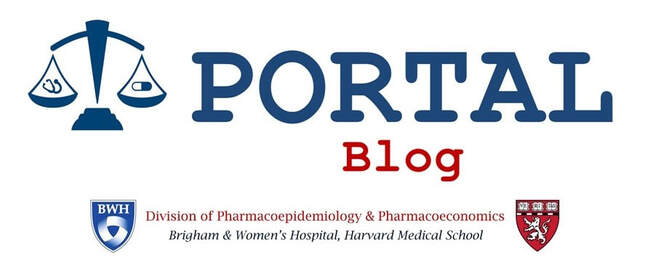|
By Bryan Walsh and Aaron S. Kesselheim
This blog was originally published on Bill of Health, the blog of the Petrie-Flom Center for Health Law Policy, Biotechnology, and Bioethics at Harvard Law School. Patients may face increased out-of-pocket drug costs as a result of a new rule finalized by the Centers for Medicare & Medicaid Services (CMS) in July 2020 that would permit wide use of co-pay accumulator adjustment programs (CAAPs). These increased costs may have effects on medication adherence, and in turn may affect health outcomes. In a recent commentary published in the American Journal of Managed Care, we explain the background to this rule and suggest ways CMS could narrow it to avoid these potential negative effects. Drug manufacturers often have temporary assistance programs that cover all or a portion of a patients’ out-of-pocket costs when filling a prescription for a brand-name drug. While this reduces financial barriers to filling prescriptions, it creates economic waste when lower cost generic versions exist, yet are overlooked because the assistance programs make it cheaper for the patient to fill the brand-name drug. Commercial insurers use CAAPs to respond to this concern. CAAPs incentivize use of lower cost generics over brand-name drugs by ignoring payments made by drug manufacturer assistance programs when determining whether a plan beneficiary’s out-of-pocket costs have reached the annual limit imposed by the Affordable Care Act. But the success of CAAPs requires three things: (1) Lower-cost alternatives must exist, such as in the form of generic versions of the brand-name drug, or generic versions of drugs in the same class that have similar clinical benefits; (2) beneficiaries must know that these restrictions on manufacturer assistance exist, and therefore be able to choose the lower-cost alternative; and (3) beneficiaries would have met their yearly out-of-pocket limits, and thus would have been excused from coinsurance and co-payments for a portion of the year, only if these restrictions did not exist. In July 2020, CMS finalized a rule that ignores the first two requirements. The finalized rule permits CAAPs even in situations where no lower cost generic exists, and it fails to mandate disclosures to beneficiaries informing them of the existence of such programs. This allows insurers to ignore all payments made by drug manufacturer assistance programs while potentially surprising beneficiaries with unexpected out-of-pocket costs. This is particularly detrimental to beneficiaries with high yearly out-of-pocket expenditures for prescription drugs who expect to meet their yearly maximum and be excused from such expenses for a portion of the calendar year. The new administration should therefore seek to narrow this rule to permit CAAPs only in situations where a lower cost generic alternative exists and is medically available, and mandate disclosures informing beneficiaries of the existence of CAAPs in their plan to assist in making informed decisions concerning the acceptance of drug manufacturer assistance. By Veronique Raimond
Pharmaceutical spending per capita in the U.S. is higher than in all other industrialized countries. Policymakers seeking lower drug spending often suggest benchmarking prices against other countries, including France, which spends half as much as the US on prescription drugs. In a new study, PORTAL researchers found that Medicare could save billions of dollars annually on prescription drug spending if the US adopted the French approach to evaluating and negotiating drug prices and limiting unfettered annual drug price increases. We compared the price dynamics in France and the US between 2010 and 2018 for the six brand-name drugs with the highest gross expenditures in Medicare Part D. We analyzed associations between price changes in each country and key regulatory events in the light of a comprehensive review of US and French laws and regulations related to drug pricing. Prices for the six drugs studied were higher in the US than in France. In 2018, if Medicare had paid French prices for just the 6 the brand-name drugs in the cohort, the agency would have saved $5.1 billion. We identified 12 factors that explain why the US spends more than France on drugs, including variations in unit prices and the volume of prescriptions, driven by health technology assessment and value-based pricing in France. American citizens are rightly concerned about the high cost of medications, and this study shows that regulations can help to reduce the cost of drugs and to align it with their value. We point out that linking a drug’s price to clinical benefits at the launch of the drug and over its lifetime, as observed in France, is key to controlling spending. The regulation of prescription drugs in France is governed by rules that can inform discussions of US prescription drug policy and potential Medicare price negotiations. |
AuthorPORTAL Blog posts are authored by PORTAL faculty, trainees, and collaborators. Archives
January 2022
Categories |
|
Program On Regulation, Therapeutics And Law (PORTAL)
Division of Pharmacoepidemiology and Pharmacoeconomics 1620 Tremont Street, Suite 3030 Boston, MA 02120 |





 RSS Feed
RSS Feed
